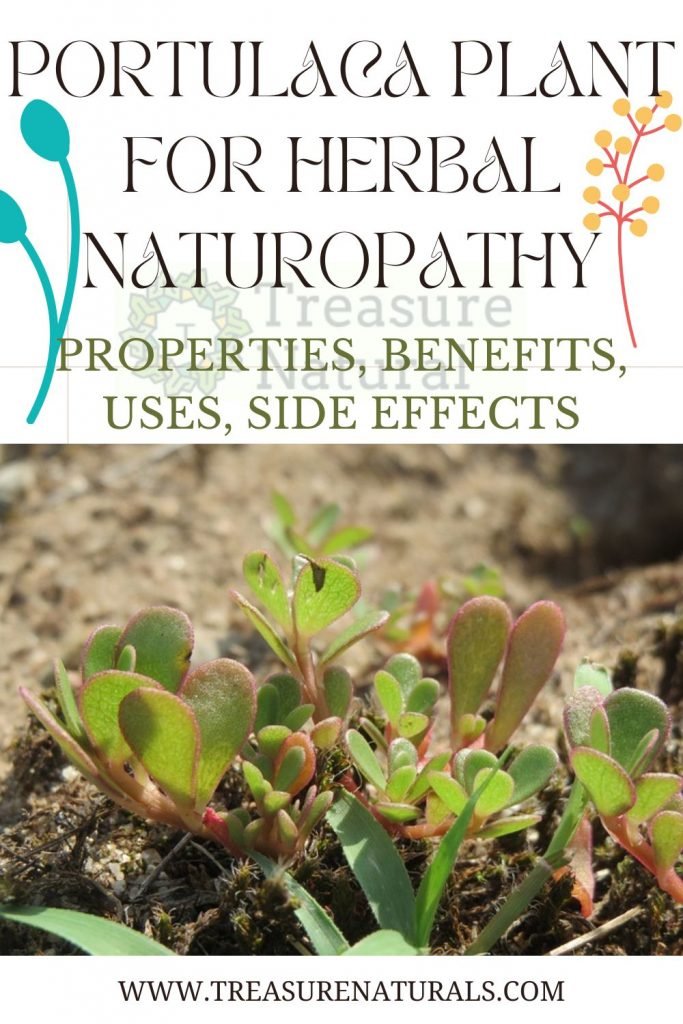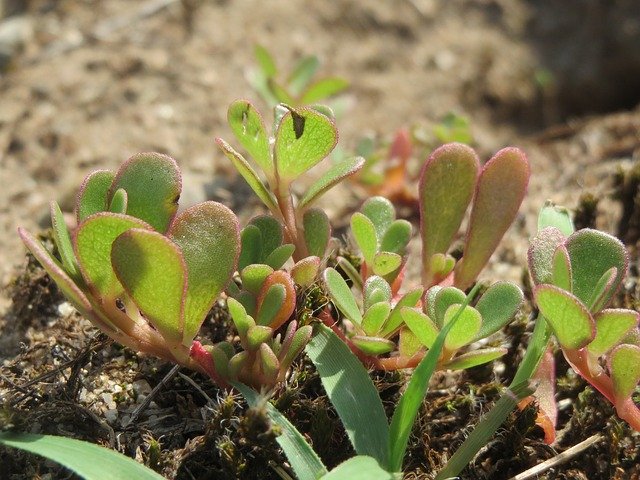
Purslane is a spontaneous plant that grows in vegetable gardens and orchards throughout the summer season. Also known as porcelain grass, purslane is considered a weed to be eradicated, but it is an edible plant rich in properties and benefits.
Purslane, characteristics of the plant
Purslane (Portulaca oleracea) is a spontaneous plant native to some regions of India, South America and North Africa.
Purslane grows well in any type of soil during the warm season, preferring light ones, rich in potassium, magnesium and iron and poor in phosphorus and calcium.
Also known as porcelain grass, purslane is characterized by a prostrate posture: its fleshy stems, green or reddish in color, grow along the ground, crushed to the ground.
The purslane stems carry oval, green, shiny and fleshy leaflets and, on hot and sunny days, small and yellow flowers. Flowering occurs to climb throughout the summer. From the flowers then develop capsules that when ripe open dropping the seeds.
Purslane was once grown for food purposes, since all the aerial parts of the plant are edible and can be eaten raw or cooked to take advantage of its properties.
Today it is considered a weed and is often uprooted from vegetable gardens and orchards where it grows spontaneously. If you are lucky enough to have wild purslane in your soil, you can harvest and consume it.
Alternatively, it is possible to take in nature the quantities necessary for consumption or collect a few sprigs to be planted in pots or in the garden, where it will root very quickly.
Properties and benefits of purslane
Purslane is a spontaneous edible plant, often considered as a weed to be eradicated from the garden, but in reality rich in properties.
Porcelain grass is in fact famous for the high content of essential fatty acids of the omega-3 series, as well as for the high percentage of protein, which can reach up to 40% of the dry weight of the plant. The seeds of purslane, whose taste resembles that of flax seeds, are particularly nutritious precisely because of the high amount of oil and protein.
In addition, the leaves and stems of purslane are rich in vitamins, mineral salts and mucilages with emollient properties, useful for protecting the gastro intestinal tract and, for external use, to soothe irritated and reddened skin and to moisturize dry skin.
How to consume purslane

The aerial parts of purslane can be harvested throughout the summer and consumed raw or cooked.
The young stems and leaves, with a slightly sour taste and fleshy consistency, can be added to mixed salads or consumed alone, seasoned with oil, salt and aromatic herbs.
Alternatively, purslane stems and leaves can be cooked, blanching them for a few minutes in salted water and then sauteing them with oil.
Once cooked, purslane can be consumed as it is, but since it takes on a mucilaginous consistency not always welcome, to remedy it you can mix it with other vegetables to prepare fillings and mixed side dishes, or you can use it in omelettes.
Just the mucilaginous consistency of purslane can be exploited to thicken soups, soups and vegetable soups.
Purslane seeds can instead be added to yogurt, breakfast cereals, legume soups. From the seeds of purslane you also get a flour that can be used in small quantities to enrich the dough for bread, pastries and other baked goods.






